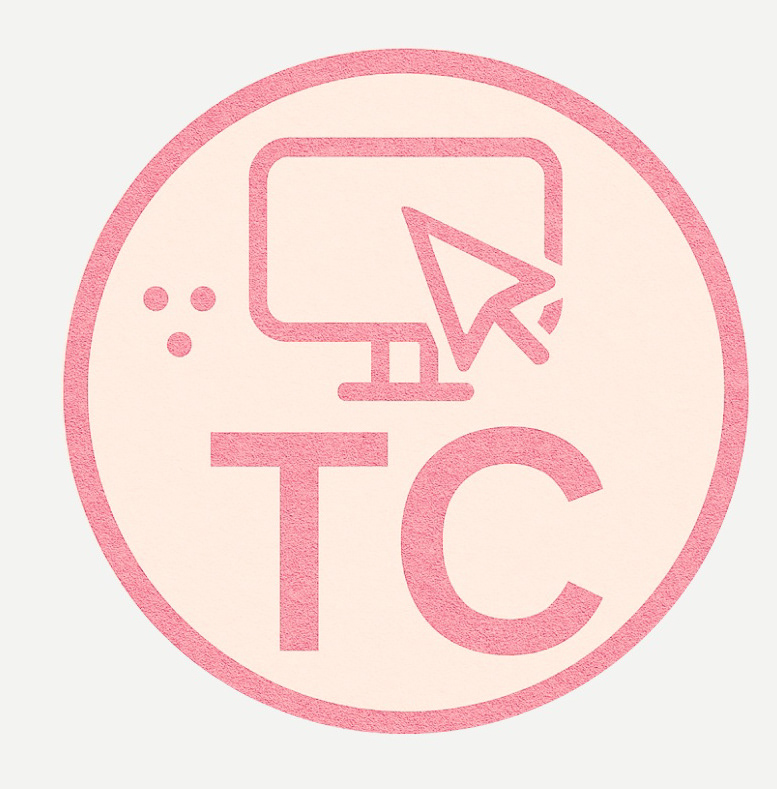Background
In the fall of 2025, our team at the Games and Interactive Technology Lab conducted a study to learn about the experiences of people who had taken or studied for the GMAT. Working with an education test prep platform called Brilliant Test Prep, we were interested in gathering data on GMAT test-takers' experiences, preparation strategies, challenges, and resource needs to figure out how the company could benefit students by helping them navigate their GMAT test journey. I served as a Research Assistant on the team, assisting with tasks and shadowing interviews.
Methodology
To understand the pain points GMAT test-takers face, we focused on identifying study difficulties, including cost, conceptual explanations in study materials, and pinpointing where to start studying. We met as a team once or twice a week and kept track of our progress and goals on Notion. Following the Scrum project management framework, during the sprint periods, we worked to complete interviews. To screen potential participants, we probed each one to determine if they met the eligibility requirement of studying for the GMAT.
First, we brainstormed and organized questions on Miro into different categories: demographic characteristics, attitudes toward learning, behavioral patterns, and opportunities for assistance during the learning process (see image below). Our UX Research Lead Aditi and UX Project Manager Serena used these questions to conduct qualitative user interviews with the GMAT test-takers on Zoom.
Execution
Our study used a convenience and respondent-assisted sampling method, which means they were readily available and willing to share their experiences, to recruit five participants who fit our criteria. The interviews were semi-structured which allowed for flexibility in the questions asked. After analyzing the data in Dovetail, we tagged the qualitative data and identified and categorized common themes or patterns that emerged from the interview data. We then sent our final deliverable to the team at Brilliant Test Prep.
Results
After interviewing our five participants, we found that they varied in age, profession, and stage of their academic journey. Our research delved into the journey of the GMAT preparation, uncovering valuable insights into the experience of our test takers. Here is what we discovered in four phases:
Phase 1: The Decision to Apply to Grad School
Participants often began considering graduate school during or shortly after completing their undergraduate degrees. The decision-making process ranged from a few months to a couple of years post-graduation. This phase revealed that motivations for pursuing a GMAT-centered program included enhancing career prospects, gaining specialized skills, and fulfilling personal academic goals.
One participant quoted, “My undergrad was business as well, and at that time, it just seemed logical to do a master’s degree as well, especially in a more international context where I went for the GMAT as well”.
Phase 2: Preparation Strategies
Participants spent 2-7 months preparing for the GMAT, dedicating 1-2 hours on weekdays and 3-4 hours on weekends. Their strategies included:
• Taking mock tests to identify weaknesses
• Reviewing incorrect answers to reinforce learning
• Using free resources like YouTube, online forums, and question banks
• Employing repetition and exposure to diverse question types.
Phase 3: Challenges of Studying
Participants faced several challenges when studying for the GMAT. Several pain points included:
• High cost: Many test-takers found current resources unaffordable and lacking depth, with some bundles costing upwards of $500
• Lack of structure: Deciding where and how to start studying was a significant challenge
• Gaps in foundational knowledge: Test-takers struggled to understand the underlying concepts behind questions
• Time management: Balancing study time with other responsibilities ad managing time during the test itself were recurring issues
Phase 4: Test-Taking Experience
Finally, during the GMAT, participants struggled with two things: (1) time management under pressure and (2) technological and environmental challenges. Some participants who took the test at home faced difficulties with the online test interface and lacked familiarity with tools like the virtual whiteboard.
Recommendations
So, what do our findings mean? To improve the GMAT prep experience, we recommend creating structured learning pathways tailored to individual progress and weaknesses. These pathways can help users focus on areas that need improvement. Offering affordable, high-quality content bundles and providing comprehensive instructional materials that explain foundational concepts will make the platform more accessible and effective. Additionally, introducing a community feature for peer support and a bookmarking tool to organize resources will enhance user engagement. Expanding resources for data insight questions and offering personalized learning plans will further address specific user needs.
Impact
This project has provided Brilliant Test Prep with actionable insights that are already shaping the way it designs and delivers its services. By addressing affordability, usability, and community needs, the company is positioning itself as an essential resource for GMAT test-takers. Stakeholders have embraced these insights enthusiastically, with plans already underway to prioritize the features highlighted in the study.
Bottom Line/Conclusions
Study Processes:
• Relied on mock tests, question banks, and online resources
• Typically study for 2-7 months
• Preferred tools that provided clear, structured plans and explanations for questions
Challenges:
• High cost of preparation materials
• Lack of guidance on where to start
• Insufficient explanations on fundamental concepts
Desires:
• Dynamic learning plans
• Affordable options
• Access to community support – enhances motivation and learning outcomes
Cowritten by Hannah Dao
